
Lamp Shades: Matching a lamp shade to your lamp base
Search
See also our main lamp shade article for more lamp shade topics.
Choosing a lamp shade to complement your lamp base
If you have a lamp base, such as a table lamp base or a floor lamp base, and you need to figure out what shape of lamp shade to get for it, there are a few tell-tale signs you can use.
The shape of the lamp base, the design style, the proportions of width and height, all give you clues as to what kind of lampshade would look good with it.

Look for the silhouette shapes in the lamp base
First look at the lamp base from the front, straight-on. Look past any intricate design elements or small details, patterns or textures, and look more to the overall shape. Particularly look at the outside edge of the base and the shapes that it forms at the sides.
Imagine that the entire lamp base is pure white, and the background behind it is pure black. There are no features to see "within" the insides of the base because it's all white. But where it contrasts against the background at the edges, there is a silhouette shape.
What shapes do you see?
Then ask yourself what basic shapes you see in the silhouette. Is it mostly straight up and down? Is it a gentle curve outward, or a curve inwards? Are there triangular shapes? If you were to simplify the shape down to a single description of one or two shapes, what would that be?
Lamp bases come in a wide variety of shapes but there are also some common ones. It's a good idea to look for the major shapes in the base and then choose a lampshade that has similar shapes.
It's possible to also go the other way and choose a shade which is in contrast to the base, to make more of a statement, but care has to be taken that the two don't look too mismatched.




Cylinder lamp bases
When the profile of the lamp base is straight up and down, it lacks curves and intricate features. It's a good idea to avoid bell shades which have curved sides.
A suitable match is likely a shade with similarly straight flat sides, such as a drum shade or a rectangular shade. The matching design styles in the lamp base and shade will complement each other and be more cohesive.
Curvy lamp bases
If the lamp base features graceful curves, which could bulge outward or inward, a good choice could be a bell lamp shade. The bell shade has curved sides which would then match with the curves in the base, creating a continual sweeping flow of curves through the shade and on through the base.
Curves in design also often give a somewhat more classic, refined and elegant look, which leans toward a more traditional feel. A bell shade is a little more ornamental than, for example, a drum shade, so would suit the design better.
Rounded lamp bases
If you have a base which is quite round, it can look good contrasted against an empire shade or a drum shade. Especially if the base is like a primitive geometric shape like a circle or oval.
The primitive shape of an empire shade has flat sides that slope inward at the top, while a drum shade also features flat vertical sides.
This is then like a combination of a square and a circle which has a clean minimalistic look to the overall design. A fancier-shaped shade such as a bell shade might look out of place with the modern-leaning rounded base.
Rectangular lamp bases
If the base is a more modern rectangular look, a good match is a rectangular or square shade. A drum shade may also work due to its flat vertical sides, but it may slightly compete with the flatness of the base.
A rectangular shade features flat sides and 90-degree angles which would complement a more angular rectangular lamp base. Particularly steer away from a bell shade for this combination because they lean more towards traditional styles.
Ornate lamp bases
If your lamp base is particularly ornate, featuring unusual shapes or objects, where the silhouette is complicated and doesn't really follow a simple geometric shape, it may be harder to match a lamp shade. You might try to match the shade more in terms of color.
If you want the lamp base to be the star of the show, you might opt for a less complicated shade such as a simple drum or empire shade with flat sides. If the style of the lamp base seems more traditional, a bell shade could be a good match with its curving classic shape.
Look for the shape of the base from the top down
Another strong clue is to look at the lamp base from the top or bottom. Not all lamp bases are round. The base might have a square look to it, hexagonal, or circular. It could be oval or rectangular when viewed from above. If the base is in the way, look in general to figure out if the base seems to be mostly rounded around its perimeter, or more squared-off.

Round lamp bases
Many lamp bases will look circular when viewed from above. The base may have a design that is very similar in all directions. The rounded lamp base could be a cylinder, or from the side it may feature curves, but from the top it still roughly looks like a circle.
For a circular base it's good to match it with a circular lamp shade, which looks round when viewed from above. This could suggest a drum shade or a curved bell shade or an empire shade.
To finetune the decision you'll need to look at the lamp base from the side, as explained earlier, to decide what shape the lamp shade should look like from the side. But in general if the base is circular from above, then the lamp shade should ideally be circular from above as well.
A variation of the round lamp shade is the oval lamp shade. When viewed from above one of the sides is wider than the other producing an oval shape. The oval base or one which seems flatter from front-to-back works well with an oval lamp shade.
Rectangular and square lamp bases

When you look at the lamp base from above, if it looks squarer, more angular or rectangular, with flattened sides, it may be best to opt for a lampshade which has flat sides also.
This would generally lean toward a square or rectangular lamp shade. By matching the flat sides of the base to the flat sides of the shade you create a cohesive look.
Then consider your options in terms of how the lamp base looks from the side. For example you can use a flat-sided rectangular shade, or also you could use a pyramid-shaped shade which also has flat sides that slope inward.
Depending on the shapes seen in the lamp base, if the base is more tapered or sloped then the side profile of the lamp shade would ideally also be sloped.
A variation of the square base is the rectangular base which is wider than it is deep. This would work well with a rectangular lamp shade which is also wider than deep.
Ornate lamp bases
If when you look at the lamp base from above you don't see an obvious silhouette shape, like circular or square, oval or rectangular, you may have to be similarly creative in you choice of lamp shades.
A general round shade will work to soften out the irregularities of most bases. Only opt for a more straight-sided shade such as a rectangle or square if the base design also features angular straight edges, otherwise the rounded smoother shaped shades will look better.
Look for the proportions

A further clue you can use to help choose a replacement lamp shade is to look at the size of the base. Bases in general are almost always taller than they are wide, so this in itself doesn't necessarily tell you anything.
But if the base seems quite skinny, narrow and tall, it might also benefit from the shade being flatter and not so tall. Together, the lamp base and shade would form a kind of T-shape, where the base is tall and narrow and the shade is wide and flat.
That said, if your lamp base is especially skinny and tall, such as with a buffet lamp that you want to place on a narrow side table, it may be better to also use a taller skinnier lamp shade to maintain the proportions - since a wide shade will take up more room.
If the base tends to be wider and is becoming almost as wide as it is tall, a chunkier shade proportion may be called for. In other words, if the width and height of the base are relatively close, then the width and height of the shade should also be relatively close.
A fuller looking lamp base with a skinny or flattened lamp shade will not look appropriate. Just as a slim lamp base with a fuller shade will look too overloaded.
Considerations for a floor lamp shade

A floor lamp can be typically at least 3 times taller than its lamp shade. Heights can range anywhere from 48 to 84 inches or more. Because of this very tall design, lamp shades which are more sloped and flattened tend not to look correct.
Drum and cylinder shades work well. If opting for a lampshade with sloped sides it's better that the slope is only slight, as in a "floor lamp shade", which is part-way between a drum and an empire shade.
It would be better to avoid having the top of the shade be significantly smaller than the bottom because it will make the lamp look "pinched" and out of proportion. The generally larger lamp base calls for a generally larger shade.
If the lamp base is more ornate with for example carved curvy wood elements, a bell shade might work if the top opening is fairly large and not too much smaller than the bottom.
If the base is a straighter pole-like design then a drum shade may be preferable.
Look for the color, texture and patterns
Once you've studied the silhouette profile shape of the lamp base, and the shape when viewed from above, and the proportions of width and height, you can finetune your selection by examining the coloring of the lamp base. Look at the major colors first, and perhaps consider no more than one or two accent colors.
What is the main color? The main color could either be the color that catches your eye first with boldness and contrast, or it could be the color that covers most of the lamp base. Accent colors should be covering smaller areas. Also consider whether the lamp base has texture or patterns.
If the base is mostly one color tone, it can be simply paired with a single-colored lamp shade. Popular lamp shade colors are white, beige and black. Sometimes also an off-white may soften the look.
As a general rule of thumb most lamp bases will look fine with a neutral white shade. If your decor permits it, black can also work, though is less popular and gives a somewhat more modern look.
If the lamp base has warmer tones, or on the contrary is cooler in color towards blues, then a warm-toned beige or brown lamp shade can work well.
In general warm tones like browns and beiges are a good complement to blues and greens. But those same blues and greens will also work well with white.
If the lamp base is particularly decorative with texture and pattern, a nice complement can be a plain shade without much variance in texture or color, so that most of your attention highlights the lamp base.
If you match a busy base with a busy-looking patterned shade for example they may fight for attention and look too busy overall.
If your lamp base is somewhat more uniform in color and doesn't stand out as much, then a more colorful decorative shade might be in order, including patterns of floral or geometric design.
Matching the lamp shade with your decor

Remember to consider also the colors in your room, the theme and style of the furniture and how the lamp will form part of an overall look.
Do not consider the lamp just in isolation because it also forms part of a larger overall interior design style and should complement and work alongside other colorful elements in the room.
To keep the lamp from dominating the room you might consider a plain lampshade such as a white lampshade or black lampshade, or a beige lampshade for a warmer tone.
If you want the lamp to really pop or to bring out bold accent colors in the room, aim for a colored lamp shade that matches your room's color scheme. For example a red shade could bring out the red fabrics.
But also remember the shade needs to coordinate with the base, and the base ideally should coordinate with the room as well.
Here are some general tips of what colors go well together:
- Cold blues and warm oranges
- Purple and yellow
- Green and red
- Green brown and yellow
- Red and blue
- Green and gray
- Blue and green
- Pink and lime green
- Black and white
- Brown and off-white/cream
Continue reading about lamp shades
Using lamp shades with light fixtures
How to attach a lamp shade to a lamp
How to measure lamp shades for a perfect fit
Matching a lamp shade to your lamp base
Lamp shade materials colors textures and patterns
Light bulb heat and lamp electrical safety tips
How to clean and repair lamp shades
How to create a custom DIY lamp shade
Explore Topics

Table of Contents
Lamp Shades: Matching a lamp shade to your lamp baseChoosing a lamp shade to complement your lamp baseLook for the silhouette shapes in the lamp baseLook for the shape of the base from the top downLook for the proportionsConsiderations for a floor lamp shadeLook for the color, texture and patternsMatching the lamp shade with your decorContinue reading about lamp shadesCommentsShopping Ideas
Trending
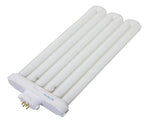

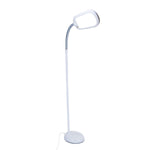
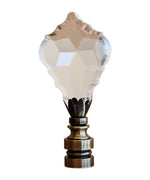



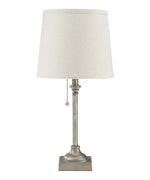
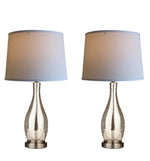

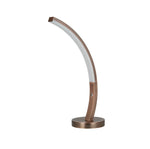

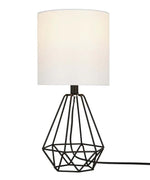
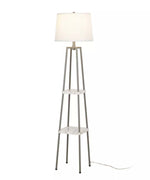


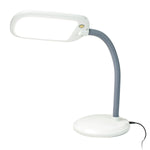










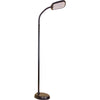



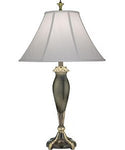

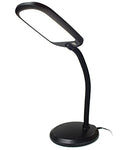


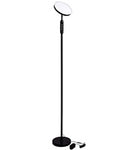
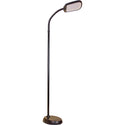
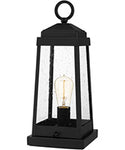
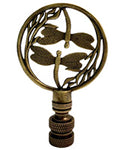
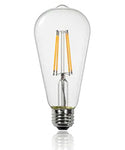
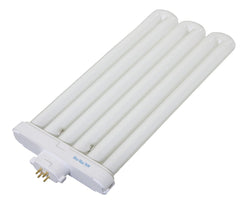
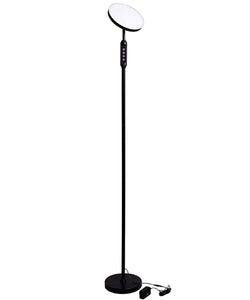
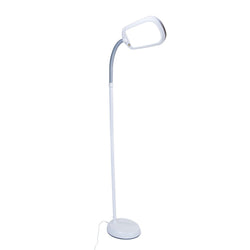
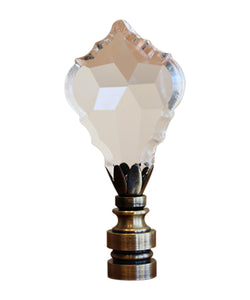
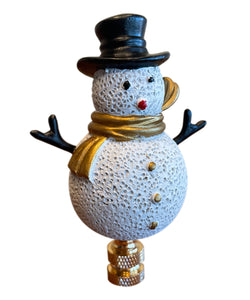
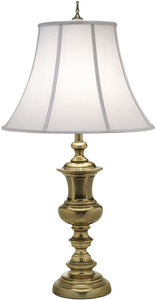
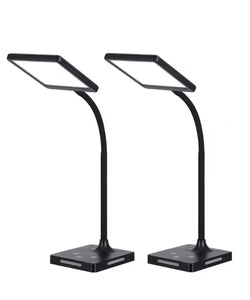




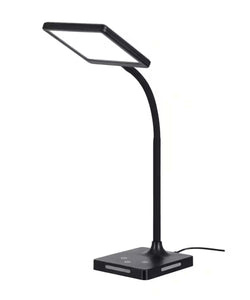
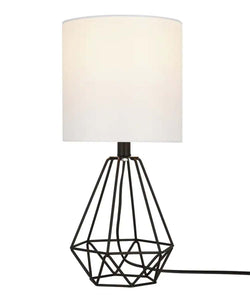
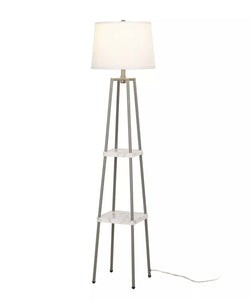






Comments